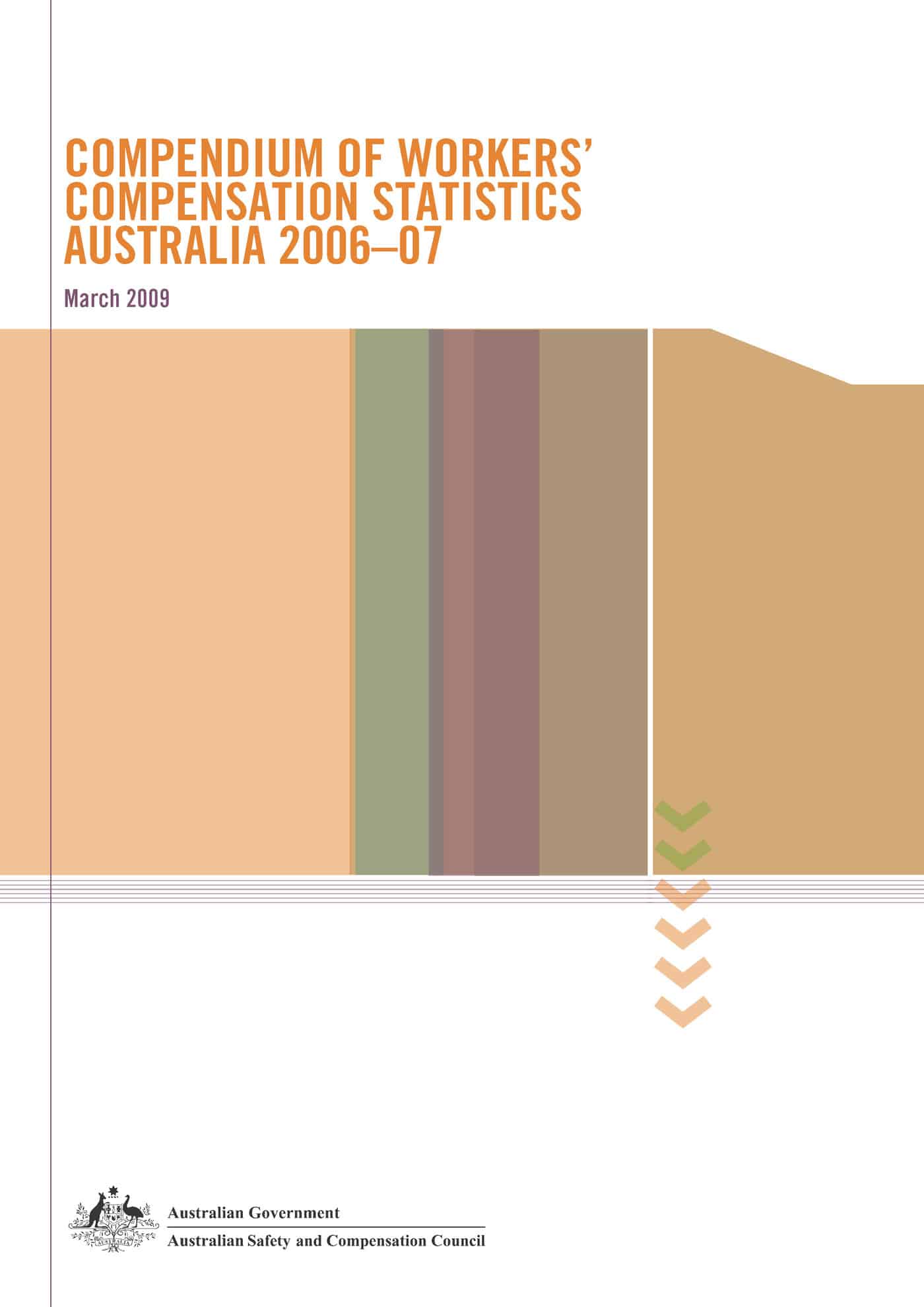Elsewhere in SafetyAtWorkBlog is a summary of the recent statistics released by the Australian Safety & Compensation Council. Overall the injury trends are positive but it is worth looking at the report a little closer.
On page viii, the report says
“Due to large increases in employment, incidence rates fell 16%, from 18 serious claims per 1000 employees in 2000–01 to 15 in 2005–06 and frequency rates fell 14% from 11 serious claims per million hours worked to 9.” [my emphasis]
The ASCC has identified this particular trend, the fall in incidence rates, to labour force variations, not necessarily due to any of the enforcement policies or marketing of the OHS regulators.
Australia is currently bemoaning the loss of manufacturing industry offshore, principally to south-east asia and China. This will inevitably skew the workplace injury rates as with less heavy industry there is less work activity and less injuries.
There are all sorts of ways of measuring performance, of finding positive indicators, and indicators that are proportional are favoured – percentage reductions by specific industries, for instance.
All of this may look good for the OHS regulators and economic statisticians but those who glance over statistics for a general impression should consider that Australia is exporting a large part of its homegrown manufacturing industry. The industry that we have from overseas, such as the automotive industry, is collapsing. (There are persistent rumours that, regardless of the US bailouts, General Motors, will disappear or have its Australian subsidiaries being nationalised by the Australian government.)
Australia is, in effect, exporting those industries with the highest long-term injury rates. As the Compendium indicates (p.11) in 2007-8 the most hazardous industries remained agriculture and construction, industries that we cannot export.
National OHS Strategy
The ASCC figures differ from those used to measure the performance of the ten-year National OHS Strategy 2002-2012. The strategy set a reduction target of 40% on figures for work-related injuries with a 20% reduction by June 2007. The Compendium reports:
“Data from the recently released Comparative Performance Monitoring Report, 10th Edition shows that the 16% improvement recorded from the base period up to 2006–07 is below the rate of improvement required to meet the target of a 40% reduction by June 2012.” (p 11)
The OHS regulators have failed to meet their midway target even though the country has seen one of the most expensive safety awareness campaigns in its history and with a major reduction in the manufacturing industries. No wonder some of them are falling back on the old-school, and expensive, measures of increased inspection and more robust enforcement.
The risk of setting any target is how to account for the failure to reach it. Keep your eyes open for the preparative work by the regulators’ marketing departments on turning failure into triumph, or at least in making it into an “SEF” – someone else’s fault.


